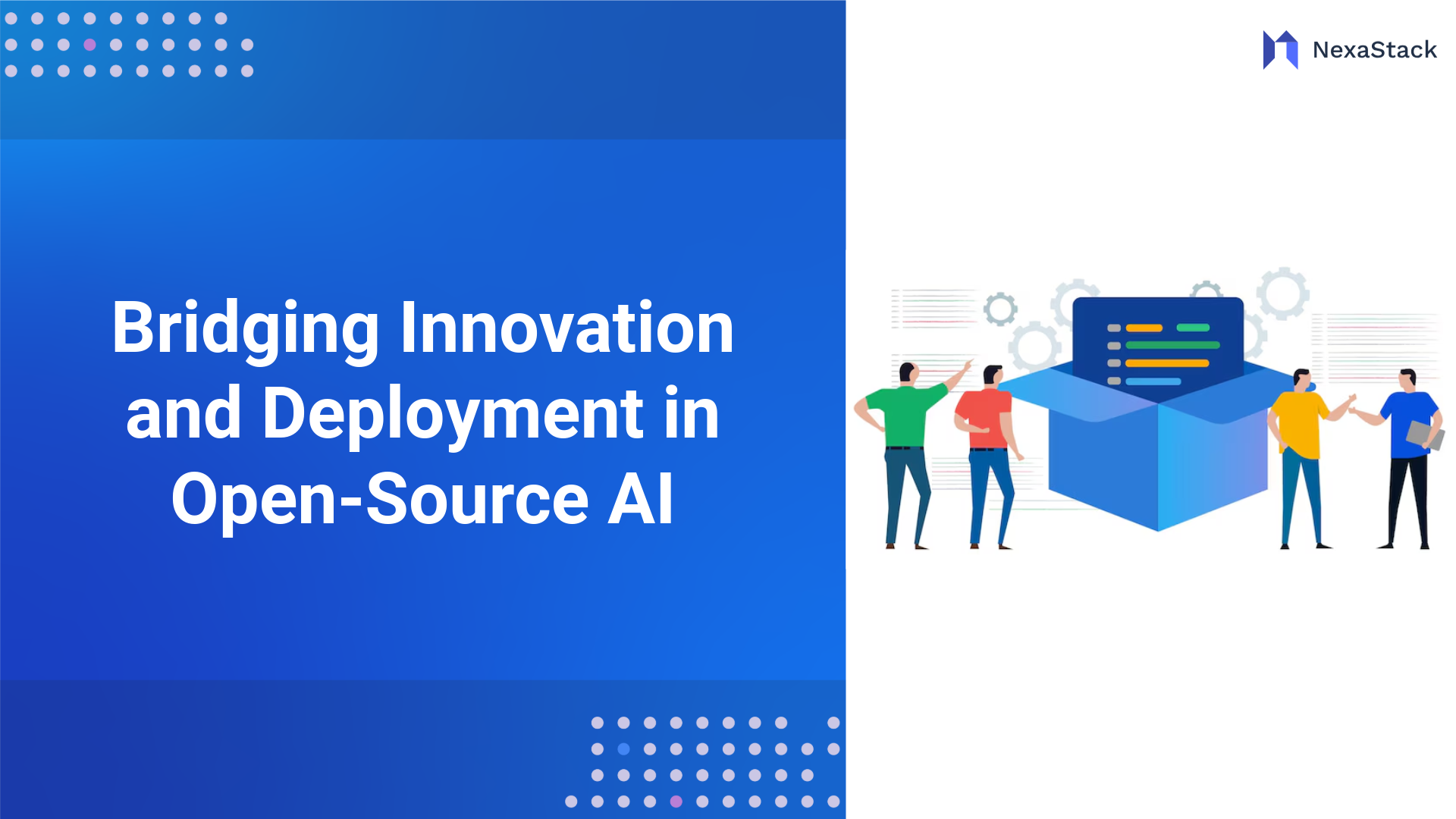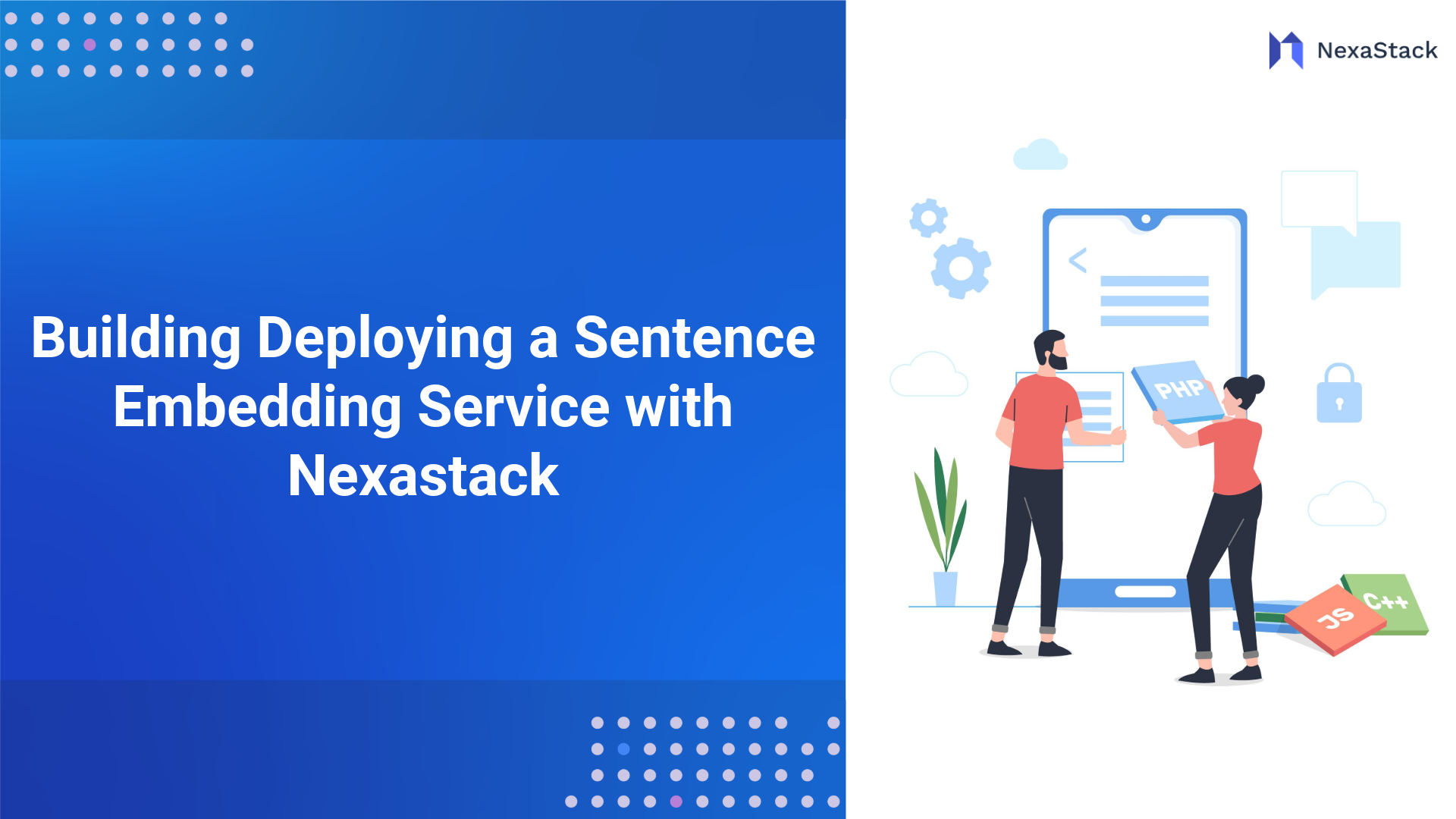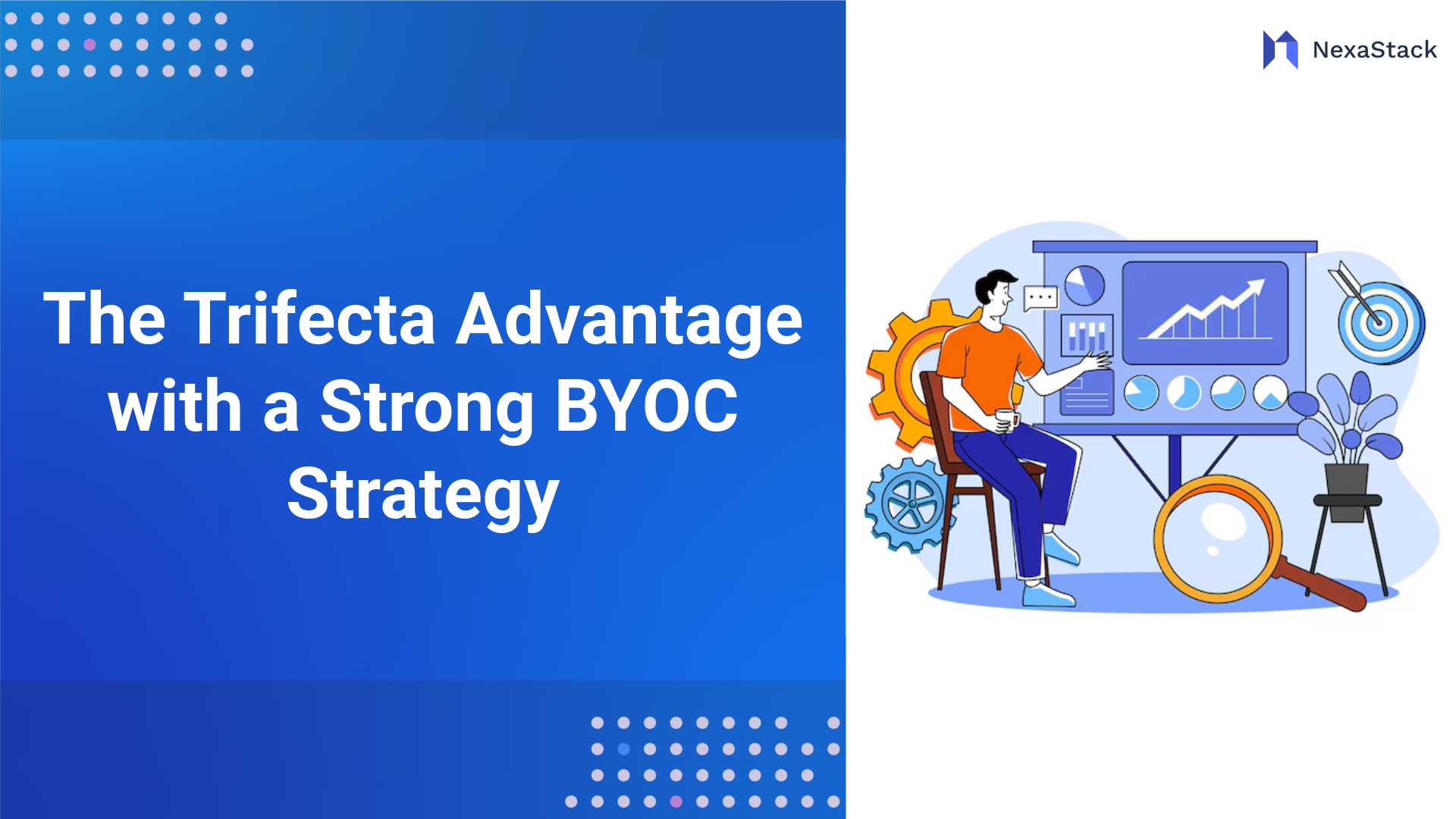Implementation Roadmap: Structured Enterprise Deployment

A systematic implementation approach balances innovation with enterprise requirements through four key phases:
Phase 1: Strategic Assessment (2-3 weeks)
The first phase aligns technology capabilities with business priorities. Organisations must perform structured stakeholder interviews by function, determine and prioritise use cases by business impact and feasibility, map data access requirements, define quantifiable success measures, and create initial resource requirements. The output of this phase must be a prioritised implementation plan with well-defined success criteria and wide stakeholder acceptance.
Phase 2: Solution Development (3-4 weeks)
With priorities set, organizations can create minimum viable solutions for chosen use cases, test with representative enterprise data, set up evaluation frameworks, perform technical performance analysis, and iterate the architecture on preliminary findings. This stage generates working prototypes with initial performance indicators that show the potential business value while bringing technical concerns to the surface for enterprise deployment.
Phase 3: Enterprise Integration (4-6 weeks)
The integration phase meets key enterprise needs by architecting security and authentication models, integrating with current systems, implementing monitoring infrastructure, defining governance controls, and defining a deployment outline. The outcome is a ready-to-produce solution with thorough technical documentation that adheres to enterprise security, reliability, and maintainability standards.
Phase 4: Controlled Deployment (4-6 weeks)
A controlled deployment strategy reduces risk while proving the solution under real-world conditions. Organisations should deploy to a specified pilot group, apply usage analytics, gather structured feedback, iterate improvements based on actual usage behaviour, and tune scaling plans. This stage provides a proven solution with a deployment expansion plan based on real performance metrics and user feedback.
Enterprise Infrastructure Requirements
 Enterprise LangChain deployments require substantial infrastructure components beyond typical development environments.
Enterprise LangChain deployments require substantial infrastructure components beyond typical development environments.
Computational Resources
Production deployments need the requisite computational horsepower relative to the anticipated workload. Departmental implementations often consist of 2-4 sole-purpose GPUs with 16-32 CPU cores, while divisional deployments use 8-16 load-balanced GPUs with 64-128 CPU cores. Enterprise implementations often call for 32+ distributed GPUs with 256+ CPU cores. The majority use cloud infrastructure as the point of initial deployment, with some switching later to hybrid patterns as usage continues to settle into stable patterns and cost management needs to be met.
Data Management Architecture
Enterprise deployments demand advanced data management infrastructure. These are vector databases like Pinecone, Weaviate, or Qdrant for semantic search functionality; document processing pipelines for efficient conversion, chunking, and embedding; multi-level caching infrastructure to reduce redundant processing; and metadata management systems for document source tracking and permissions. One key operational factor is deploying effective incremental updating processes to keep knowledge current without full reprocessing as data sizes increase.
Integration Components
Enterprise LangChain offerings need to interoperate with other systems smoothly through API gateways for access management, identity federations with enterprise authentication infrastructures, dependable service communication layers, and event handling for asynchronous process management. Integration components ensure that LangChain applications are included in the enterprise infrastructure and not as independent technical proof-of-concepts.
Scaling Strategy: Enterprise-Wide Deployment
Scaling from pilot to enterprise deployment requires both technical and organizational strategies working in concert.
Technical Scaling Methodology
Successful technical scaling usually includes performance profiling to determine processing constraints, distributed processing for more capacity, intelligent caching methods to minimise processing load, and asynchronous processing to isolate time-sensitive and background operations. Using LangChain for clinical documentation analysis, a healthcare organisation lowered its processing expense by 65% using semantic caching, recognising and reusing results for comparable queries while preserving analytical precision.
Organizational Scaling Framework
Technical solutions necessitate companion organisational capabilities for full value achievement. Organizations must create role-tailored training programs, initiate tiered support infrastructures for problem solving, measure business effect metrics regularly, and invest in internal team capability building. Such organisational components lead to sustainable value capture and realisation past initial adoption.
Performance Optimization: Enterprise-Grade Efficiency
As deployment scales, performance optimization becomes increasingly critical for user adoption and cost management.
Response Time Engineering
User adoption relies heavily on system responsiveness in the enterprise environment. Organisations should, therefore, deploy streaming responses for longer results, use specialised models for time-critical components, develop parallel processing for independent operations, and optimise prompt design for efficiency. A media company lowered average response times from 12 seconds to below 3 seconds using parallel document processing and optimized vector search methods, materially enhancing user satisfaction and adoption.
Cost Management Framework
LLM usage fees can proliferate at the enterprise level without appropriate controls. Successful deployments involve per-token usage monitoring granularity, token-frugal prompting paradigms, business-priority-based usage tiers, and optimized models for everyday tasks. One retail business lowered LLM expenses from $50,000 to $12,000 per month using systematic prompt optimization and thoughtful response caching without losing quality, changing the economic model of their LangChain use.
Governance Framework: Enterprise Controls
Enterprise AI implementation requires comprehensive governance to ensure compliance, security, and ethical use.
Compliance Architecture
Production LangChain applications must satisfy business standards by thoroughly auditing all transactions, explicitly documenting data lineage, configuring data retention policies, and documenting model selection decisions. These compliance actions ensure that AI systems comply with regulations and governance standards in-house as they increasingly become the core of business operations.
Security Implementation
In addition to regular security practices, LangChain applications need immediate injection protection, output filtering and validation, fine-grained access controls for sensitive information, and customized security testing for LLM vulnerability. These additional security practices tackle the specific risks of language model applications in business settings where data sensitivity is the top priority.
Ethical AI Framework
As LangChain applications turn business-critical, organizations must meet ethical concerns through output bias detection mechanisms, explicit attribution for AI-generated content, transparency of AI process involvement, and ethics review processes for new applications. This ethical framework ensures that AI implementation syncs with organizational values and preserves stakeholder trust.
Case Study: Financial Services Implementation
A multinational financial services firm offers a valuable case study of the successful enterprise-scale-out of LangChain technology.
The firm had several significant issues with regulatory research taking up around 30% of analyst time, information spread across many different, disparate sources, and compliance risk due to neglected regulatory updates. Their LangChain solution involved a robust RAG system combining internal and external regulatory sources, automated regulatory change monitoring, and tight integration with compliance processes.
The rollout strategy started with a first deployment concentrated in one regulatory space, followed by six weeks of refinement based on customer input, incremental rollouts to other regulatory domains, and finally, a complete enterprise deployment in four months.
This systematic process yielded astounding business results: 40% less research time, 65% increase in detection of regulatory changes, $4.2M in cost savings per year, and increased compliance with reduced regulatory incidents. Success drivers were well-defined success metrics, staged implementation, and complete integration with current workflows that kept disruption to a minimum and value to a maximum.
Conclusion: Enterprise LangChain Implementation
Scaling LangChain from proof-of-concept to enterprise deployment demands an end-to-end approach considering technical and organizational aspects. Organisations that have successfully deployed enterprise-scale LangChain solutions usually emphasise well-defined business outcomes over technology capabilities, establish strong integration frameworks from early design, create end-to-end technical and organisational scaling plans, integrate governance into the implementation process, and create continuous measurement of business impact.
With proper planning and execution, LangChain can move from experimental technology to a central part of enterprise AI strategy, providing quantifiable business value across operations and generating sustainable competitive advantage through increased capabilities and operational efficiency.





